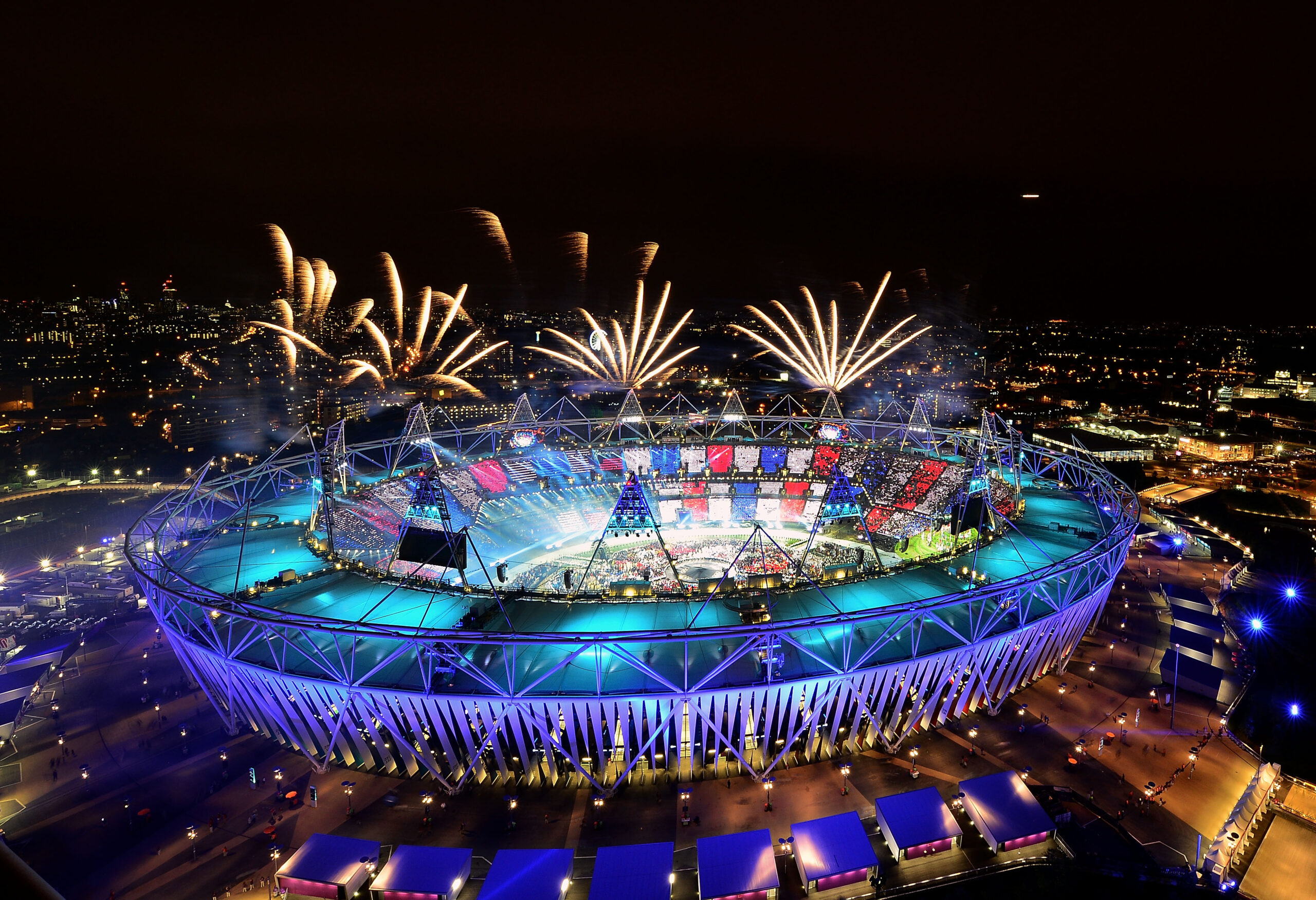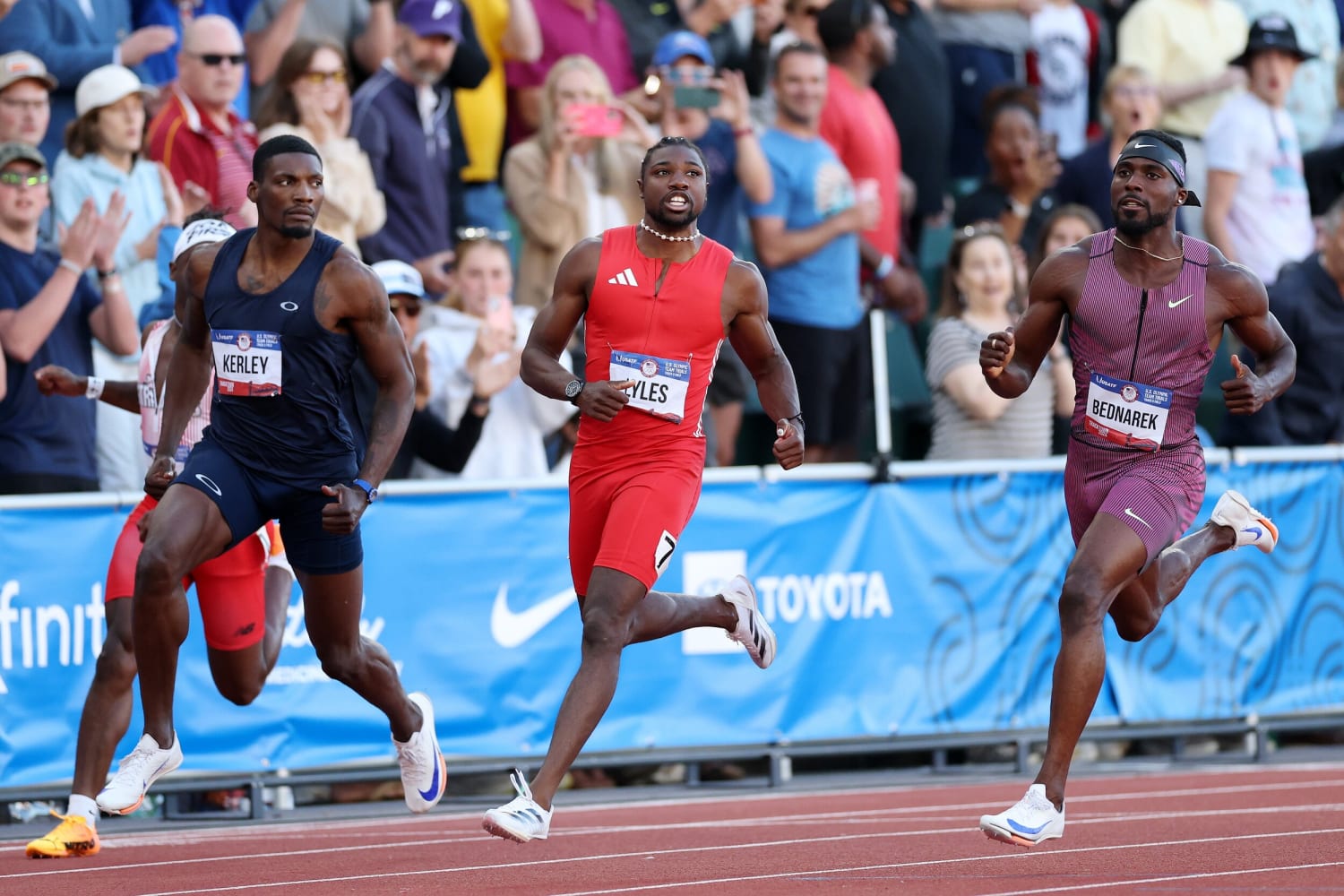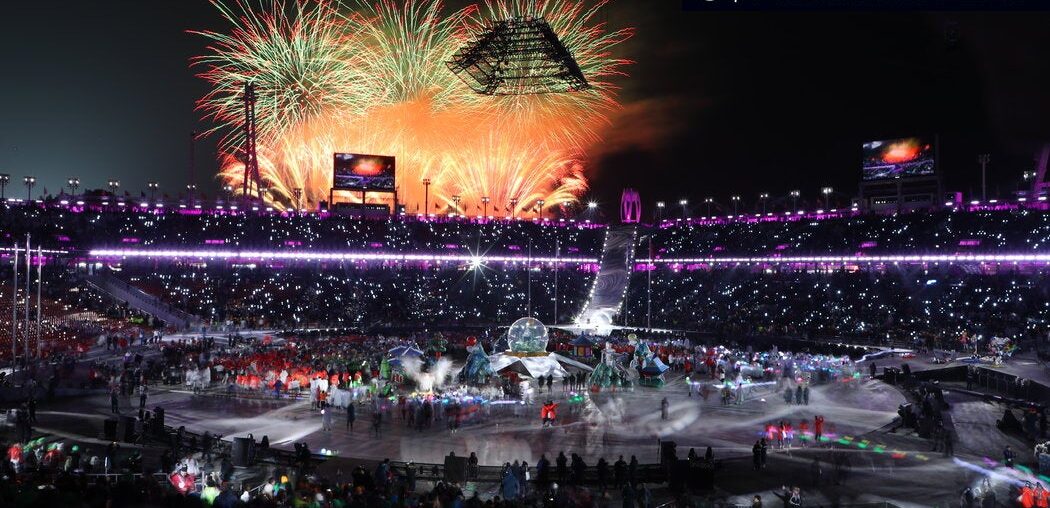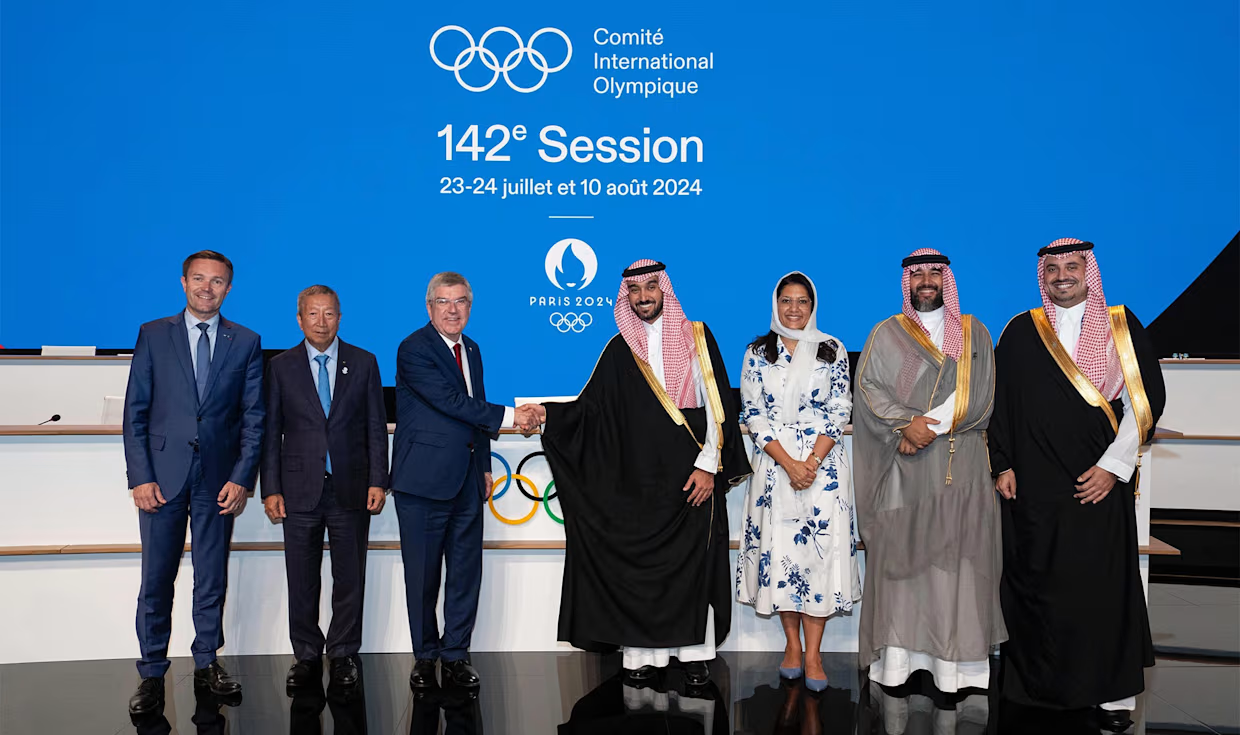The Olympic Games are more than just a showcase of athletic prowess; they’re a global celebration of culture, unity, and human spirit. The opening ceremonies, in particular, set the tone for the weeks of competition that follow, blending spectacle, history, and artistry to captivate billions worldwide. I’ve always been fascinated by how these events transform stadiums (and sometimes entire cities) into stages for storytelling, leaving lasting memories for those lucky enough to witness them. In this article, we’ll dive into the top 10 Olympic opening ceremonies of all time, ranked for their creativity, cultural impact, and unforgettable moments. From dazzling displays of technology to deeply moving tributes, these ceremonies have defined the Olympic legacy. Let’s explore what makes them so special.
1. Beijing 2008: A Symphony of Scale and Precision
The Beijing 2008 opening ceremony is often hailed as the gold standard of Olympic spectacles, and for good reason. Directed by acclaimed filmmaker Zhang Yimou, this $100 million extravaganza featured 15,000 performers in a breathtaking display of Chinese culture and ambition. It was a bold statement of China’s emergence as a global powerhouse.
Why It Stands Out
The ceremony kicked off with 2,008 drummers performing in perfect unison, their illuminated batons creating a mesmerizing wave of light. A giant scroll unfurled across the Bird’s Nest Stadium, telling the story of Chinese history through intricate choreography and cutting-edge technology. The highlight? Gymnast Li Ning’s gravity-defying run along the stadium’s rim to light the cauldron, a moment that left jaws on the floor.
- Memorable Moment: The synchronized drumming and Li Ning’s aerial cauldron lighting.
- Cultural Impact: Showcased China’s rich history and technological prowess.
- Why It Ranks #1: Unmatched scale, precision, and global impact.
2. London 2012: Isles of Wonder
London 2012, directed by Danny Boyle, was a love letter to British culture, blending humor, history, and heart. Titled “Isles of Wonder,” it transformed the Olympic Stadium into a whimsical journey through Britain’s past and present, watched by an estimated 900 million people.
A Tongue-in-Cheek Triumph
From the Industrial Revolution’s towering smokestacks to a tribute to the National Health Service with dancing nurses, the ceremony was both grand and cheeky. Queen Elizabeth II’s “skydiving” cameo with James Bond (Daniel Craig) was a crowd-pleaser, proving even royalty could have fun. Rowan Atkinson’s Mr. Bean skit, set to the Chariots of Fire theme, added a dose of British wit.
- Memorable Moment: The Queen’s playful parachute entrance.
- Cultural Impact: Celebrated British eccentricity and innovation.
- Why It Ranks #2: Perfect balance of grandeur and humor.
3. Sydney 2000: A Celebration of Indigenous Heritage
Sydney 2000 was a vibrant tribute to Australia’s natural beauty and cultural diversity, with a focus on its Indigenous heritage. Directed by David Atkins, the ceremony, titled “The Awakening,” featured 120 galloping stock horses and a stadium floor transformed into the Great Barrier Reef.
A Moment of Reconciliation
The emotional pinnacle came when Aboriginal athlete Cathy Freeman lit the Olympic cauldron, symbolizing reconciliation between Australia’s Indigenous and non-Indigenous peoples. Despite a technical glitch that left the cauldron stuck for four minutes, the moment was pure magic.
- Memorable Moment: Cathy Freeman’s cauldron lighting.
- Cultural Impact: First ceremony to prominently honor Indigenous culture.
- Why It Ranks #3: Emotional depth and stunning visuals.
4. Athens 2004: The Birthplace of the Olympics
The Athens 2004 ceremony was a poetic return to the Olympics’ ancient roots, held in the city where it all began. Directed by Dimitris Papaioannou, it featured a stunning blend of Greek mythology and history, with a stadium transformed into a reflective pool.
A Mythical Masterpiece
A giant Cycladic head rising from the water and a parade of Greek history through the ages captivated audiences. The cauldron, designed to “bow” to the final torchbearer, was a symbolic nod to the Games’ origins. Björk’s performance, with her dress unfolding to cover the stadium, added an ethereal touch.
- Memorable Moment: The bowing cauldron and Björk’s performance.
- Cultural Impact: Honored the Olympics’ ancient legacy.
- Why It Ranks #4: Artistic elegance and historical reverence.
5. Atlanta 1996: A Hero’s Triumph
The Atlanta 1996 opening ceremony was quintessentially American, with a focus on Southern culture and a deeply moving moment that stole the show. The ceremony featured marching bands, cheerleaders, and a nod to the Civil War’s legacy.
Muhammad Ali’s Unforgettable Moment
The world held its breath as boxing legend Muhammad Ali, battling Parkinson’s disease, emerged to light the Olympic cauldron. His trembling hands and unwavering determination brought tears to millions, making it one of the most poignant moments in Olympic history.
- Memorable Moment: Ali’s courageous cauldron lighting.
- Cultural Impact: Showcased resilience and American spirit.
- Why It Ranks #5: Emotional impact of Ali’s appearance.
6. Los Angeles 1984: Hollywood’s Grand Entrance
The 1984 Los Angeles Olympics brought Hollywood flair to the global stage, setting a new standard for opening ceremonies. With a jetpack-wearing performer soaring into the stadium and 84 pianists playing “Rhapsody in Blue,” it was pure spectacle.
A Game-Changer for Financing
These Games were the first to turn a profit through corporate sponsorships, and the ceremony reflected that bold energy. The Olympic Fanfare by John Williams became the signature sound of the Olympics, cementing its legacy.
- Memorable Moment: The jetpack entrance and piano performance.
- Cultural Impact: Redefined Olympic financing and spectacle.
- Why It Ranks #6: Pioneering and unforgettable showmanship.
7. Tokyo 1964: A Symbol of Peace
The 1964 Tokyo Olympics marked Japan’s return to the world stage after World War II. The ceremony, the first to be broadcast live in color, was a powerful statement of peace and progress, with Emperor Hirohito opening the proceedings.
A Poignant Cauldron Lighting
Yoshinori Sakai, born in Hiroshima on the day of the atomic bombing, lit the cauldron, symbolizing Japan’s commitment to a peaceful future. The release of thousands of balloons and pigeons added a vibrant touch to the event.
- Memorable Moment: Sakai’s symbolic cauldron lighting.
- Cultural Impact: Marked Japan’s post-war resurgence.
- Why It Ranks #7: Deep emotional resonance.
8. Barcelona 1992: Mediterranean Magic
The 1992 Barcelona ceremony was a vibrant celebration of Catalonian culture, set against the stunning backdrop of Montjuïc Stadium. It featured massive puppets, opera performances, and a dramatic cauldron lighting.
A Flaming Arrow
Paralympic archer Antonio Rebollo lit the cauldron by shooting a flaming arrow, a moment of high drama (even if it was staged for safety). The ceremony’s Mediterranean flair and post-Cold War optimism made it unforgettable.
- Memorable Moment: Rebollo’s flaming arrow shot.
- Cultural Impact: Captured the joy of a new era.
- Why It Ranks #8: Dramatic and culturally rich.
9. Rio 2016: A Call for Sustainability
Rio 2016 brought Brazil’s vibrant culture to life with a ceremony that celebrated its rainforest, Indigenous history, and musical heritage. Directed by Fernando Meirelles, it was a colorful spectacle with a powerful message.
A Green Message
The ceremony highlighted climate change, with Judi Dench narrating a segment on reforestation. Dancers in shimmering bodysuits and a rap performance by Karol Conká and MC Sofia electrified the stadium.
- Memorable Moment: The climate change segment.
- Cultural Impact: Blended joy with environmental advocacy.
- Why It Ranks #9: Vibrant and socially conscious.
10. Moscow 1980: A Cold War Spectacle
Despite a boycott by many nations, the Moscow 1980 ceremony was a groundbreaking spectacle that redefined Olympic openings. With 16,000 performers, it introduced elaborate artistic elements like human pyramids and mosaic displays.
A New Era for Ceremonies
The ceremony’s scale and creativity set a precedent for future Games. The iconic card stunts, where spectators held up panels to create images, became a staple of Olympic openings.
- Memorable Moment: The human pyramid and card stunts.
- Cultural Impact: Pioneered modern ceremony formats.
- Why It Ranks #10: Innovative despite political tensions.
Comparison of Top Ceremonies
| Ceremony | Year | Key Highlight | Cultural Focus | Global Impact |
|---|---|---|---|---|
| Beijing | 2008 | Synchronized drumming | Chinese history | Global superpower statement |
| London | 2012 | Queen’s “skydiving” | British humor | Cultural celebration |
| Sydney | 2000 | Cathy Freeman’s lighting | Indigenous heritage | Reconciliation symbol |
| Athens | 2004 | Bowing cauldron | Greek mythology | Olympic origins |
| Atlanta | 1996 | Muhammad Ali’s lighting | American resilience | Emotional impact |
Pros and Cons of Olympic Opening Ceremonies
Pros
- Cultural Showcase: Highlights the host nation’s heritage and values.
- Global Unity: Brings together athletes and audiences from around the world.
- Technological Innovation: Pushes the boundaries of art and technology.
- Memorable Moments: Creates iconic images that resonate for decades.
Cons
- High Costs: Budgets can strain host cities’ economies.
- Political Controversies: Boycotts or protests can overshadow the event.
- Weather Risks: Outdoor elements, like Paris 2024’s rain, can disrupt plans.
- Cultural Missteps: Misinterpretations can lead to criticism, as seen in Paris 2024’s “Last Supper” controversy.
People Also Ask (PAA)
What makes an Olympic opening ceremony memorable?
A memorable ceremony combines cultural storytelling, emotional moments, and innovative visuals. Iconic highlights, like Muhammad Ali’s cauldron lighting in Atlanta 1996, resonate deeply with audiences.
Which Olympic opening ceremony had the most viewers?
London 2012 reportedly drew 900 million viewers, thanks to its global appeal and star-studded moments like the Queen’s cameo. Accurate viewership varies by source.
Where can I watch past Olympic opening ceremonies?
Platforms like YouTube and the official Olympics website offer highlights and full recordings of past ceremonies. Check NBC or BBC archives for region-specific broadcasts.
What was the most expensive Olympic opening ceremony?
Beijing 2008, with a reported $100 million budget, is considered the costliest, featuring 15,000 performers and cutting-edge technology.
FAQ
Why are Olympic opening ceremonies so expensive?
They involve thousands of performers, advanced technology, and elaborate sets, often costing millions to reflect the host nation’s pride and global reach.
How are Olympic opening ceremonies planned?
A creative director collaborates with artists, choreographers, and engineers to craft a narrative that showcases the host’s culture while adhering to Olympic traditions.
Can I attend an Olympic opening ceremony?
Yes, tickets are available through official Olympic channels, but they sell out quickly and can be pricey. Check sites like olympics.com for details.
What’s the role of the cauldron lighting?
The cauldron lighting symbolizes the start of the Games, often performed by a significant figure to embody the host’s values or Olympic spirit.
Are Olympic ceremonies always in stadiums?
No, Paris 2024 broke tradition with a river-based parade along the Seine, showing ceremonies can adapt to unique settings.
Where to Get More Information
For deeper dives into Olympic history, visit the official Olympics website (olympics.com) or check YouTube for full ceremony recordings. Books like The Olympics: A History by Allen Guttmann offer detailed insights. For real-time updates on upcoming Games, follow @Olympics on X.
Best Tools for Olympic Enthusiasts
- Olympics App: Live updates, schedules, and highlights.
- YouTube: Free access to past ceremony clips.
- NBC Sports: Comprehensive coverage for U.S. viewers.
- BBC iPlayer: UK-based streaming for Olympic content.
Conclusion
Olympic opening ceremonies are more than just pageantry—they’re a celebration of human achievement, cultural pride, and global unity. From Beijing’s jaw-dropping precision to London’s quirky charm, these top 10 ceremonies have left an indelible mark on history. Whether you’re a sports fan or a lover of spectacle, revisiting these moments is a reminder of the Olympics’ power to inspire. Which ceremony is your favorite? Let me know on X or dive into the archives to relive the magic!



